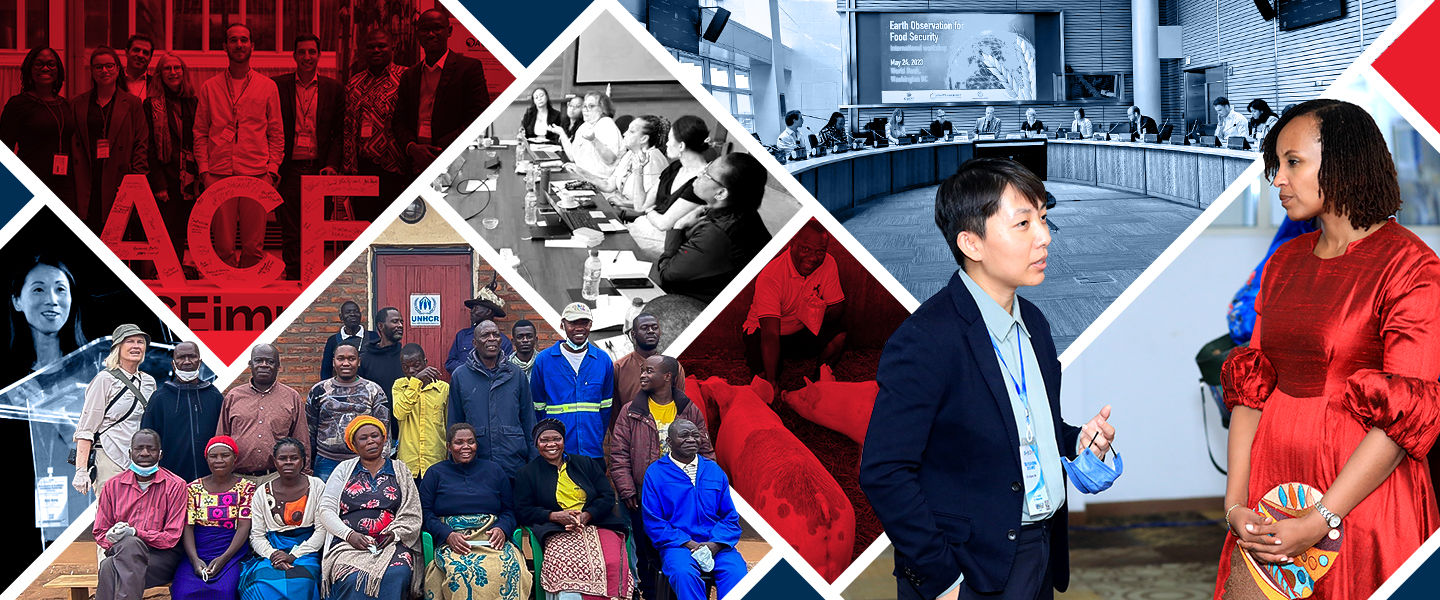The China-World Bank Group Partnership Facility (CWPF), established in July 2015, is a partnership between the People’s Republic of China’s Ministry of Finance (MOF) and the World Bank Group (WBG). The Facility’s overall objective is to assist WBG client countries in achieving inclusive and sustainable economic growth. Through this Facility, the Government of People’s Republic of China has provided US$52.74 million from FY16 through FY22.
The agreement to replenish the CWPF for US$50 million was signed on December 8, 2024 in Beijing.
The Objective of CWPF is to promote inclusive and sustainable development by enhancing cooperation between the People’s Republic of China and the Participating WBG Organizations. The Facility is intended to support activities that are aligned with priorities of the recipient countries as well as the WBG’s strategy and that are replicable.
The CWPF is comprised of four pillars of collaboration:
Window 1: Project Preparation Support and Co-financing of Lending Operations
Window 2: Knowledge Development and South-South Learning
Window 3: China-WBG Knowledge Center Program Management and Administration
Window 4: Financing for Global and Regional Programs
The second phase of CWPF broadly aligns with the following themes: poverty alleviation, food security, COVID-19 response and vaccines, development financing, climate change and green development, industrialization, and digital economy and connectivity, and focuses on the following four areas:
- Food Security
- Climate Change and Green Development
- Digital Economy
- Regional Cooperation and Connectivity
The two priority regions of CWPF are the geographical continents of (i) Africa; and (ii) Asia and Pacific, translating to the following priority regions: Africa East, Africa West, East Asia and Pacific, Europe and Central Asia, Middle East and Northern Africa, and South Asia.
The CWPF Program Management Team is housed within the Trust Funds and Partner Relations unit of the Development Finance Vice Presidency (DFi) at the World Bank. The PMT organizes Steering Committee Meetings with MOF to discuss the objectives, design and operation of the program, agree upon the thematic and regional priorities for each of the calls for proposals, and review the implementation progress of the program.
Last Updated: Dec 11, 2024
